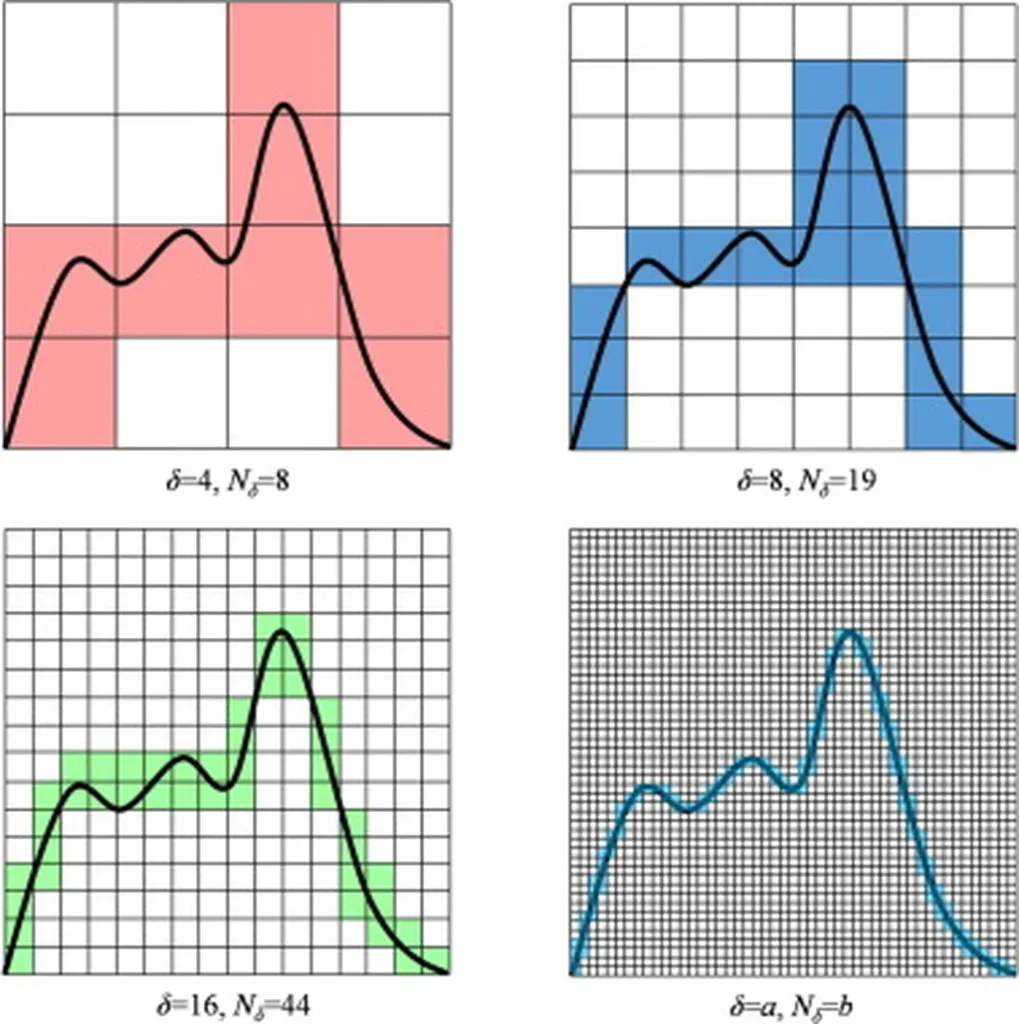In the heart of China’s coal mining industry, a groundbreaking study led by Jie Chen from the State Key Laboratory of Coal Mine Disaster Dynamics and Control at Chongqing University is set to revolutionize gas outburst early warning systems. Published in the *International Journal of Mining Science and Technology* (known in English as the *Journal of China University of Mining & Technology*), Chen’s research introduces a dynamic early warning model that promises to enhance safety and efficiency in coal mines worldwide.
Gas outbursts pose a significant threat to coal miners, with traditional early warning models often falling short due to their reliance on single indicators and fixed thresholds. Chen’s innovative approach addresses these limitations by leveraging adaptive fractal dimension characterization to analyze the nonlinear characteristics of gas concentration data. “Our model captures multi-scale complex features more effectively than conventional methods,” Chen explains. “This adaptability is crucial for accurate and timely warnings.”
The research employs an adaptive window fractal analysis method, combining box-counting dimension and variation of box dimension metrics to establish a cross-scale dynamic warning model. This involves three key phases: preprocessing raw data through wavelet denoising and interpolation, calculating the box-counting dimension of gas concentration using an adaptive window cross-scale fractal dimension method, and dynamic threshold partitioning through membership functions and the 3σ principle. The result is a graded classification standard for the mine gas disaster (MGD) index.
Validated at the Shoushan #1 Coal Mine in Henan Province, the model demonstrated a significant improvement in warning accuracy, reaching 86.9%. “The adaptive window fractal dimension curve shows enhanced fluctuation characteristics compared to fixed window methods,” Chen notes. “This improvement in local feature detection is a game-changer for the industry.”
The implications of this research are far-reaching for the energy sector. By providing a more accurate and adaptable early warning system, Chen’s model can help prevent catastrophic gas outbursts, saving lives and reducing economic losses. “This model not only resolves the limitations of traditional methods but also offers a practical tool for coal mine gas outburst early warning,” Chen states.
As the energy sector continues to evolve, the need for advanced safety measures becomes increasingly critical. Chen’s research sets a new standard for gas outburst early warning systems, paving the way for future developments in mine safety technology. With its focus on adaptability and accuracy, this dynamic model is poised to shape the future of coal mining, ensuring safer and more efficient operations for years to come.

